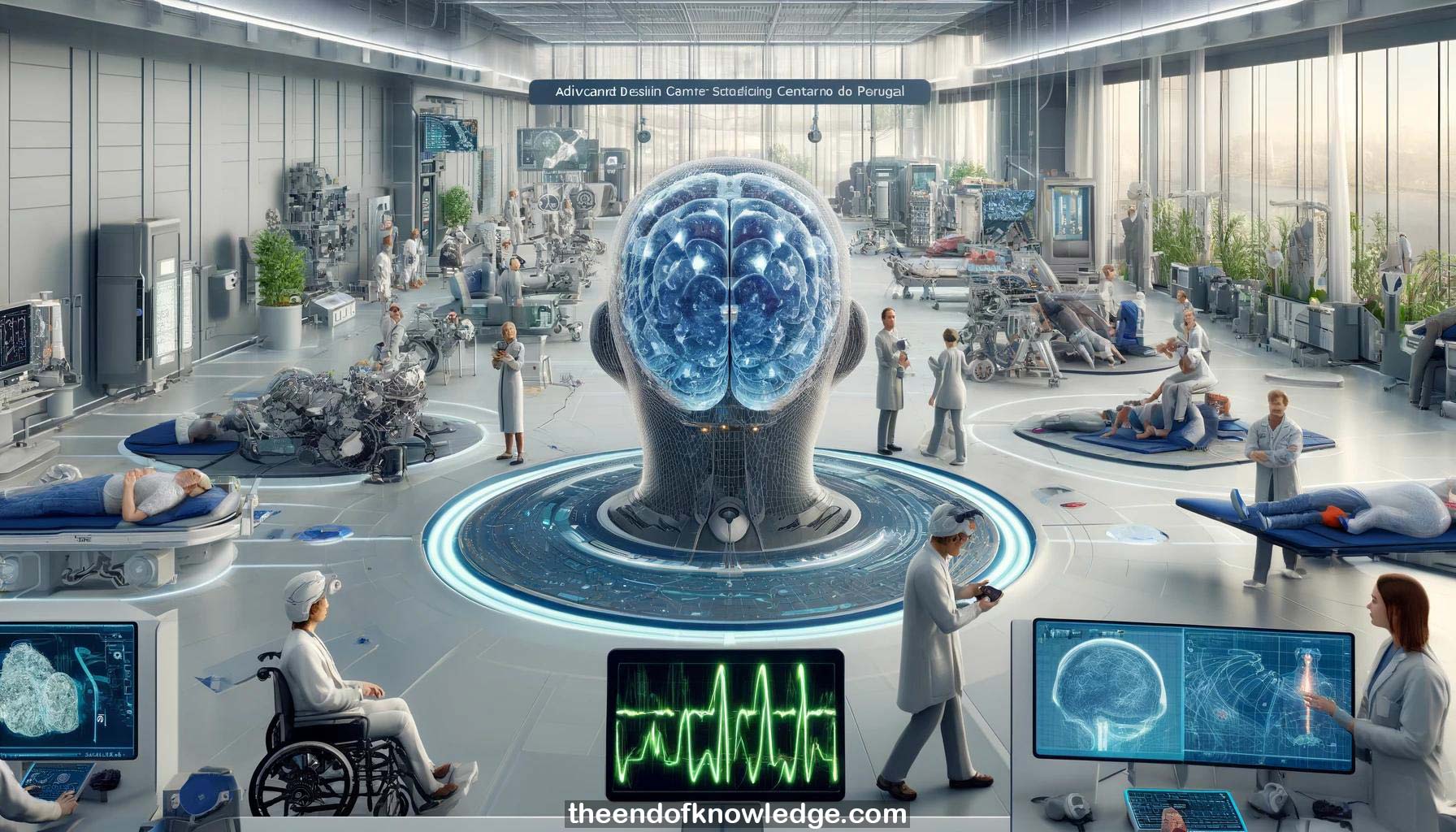 >
>
Concept Graph & Resume using Claude 3 Opus | Chat GPT4 | Llama 3:
Resume:
1.- Jorge Alves is the director of Centro Cerebro, a brain health center in Braga, Portugal that uses a multidisciplinary approach.
2.- The goal of neurorehabilitation interventions is to optimize functioning and independence in daily activities for individuals with neurological disorders.
3.- The time for neurotechnology in neurorehabilitation has come, but many approaches still need clinical validation and are not widely accepted.
4.- Over 1 billion people worldwide are affected by neurological diseases, a common cause of adult disability, with frequent lack of complete recovery.
5.- Technological advances being researched include robotic devices, non-invasive brain stimulation like TMS and tDCS, and neural interfaces using EEG.
6.- Despite decades of technological development, many neurorehab technologies lack clinical validation and acceptance due to limited research on uptake factors.
7.- Brain-computer interfaces show promise for improving outcomes in chronic stroke patients who have exhausted other rehabilitation options.
8.- There is evidence supporting the efficacy of the Recoverix BCI system for upper/lower limb function, spasticity, and walking speed in stroke.
9.- Portugal has a high incidence and prevalence of stroke, with rising healthcare costs. Incidence is around 50,000 and prevalence 76,000 per year.
10.- In 2001, Portugal approved guidelines for rapid transport of acute stroke victims to stroke units, allowing faster hospital arrival times.
11.- However, the stroke rapid transport "green route" system had low usage in municipalities despite improving delays, not translating to desired results.
12.- Implementing new systems requires ongoing awareness, education, evaluation and a comprehensive strategy to address barriers, as seen with the stroke system.
13.- Portugal has a network of continuous integrated stroke care aiming to reduce costly acute care through community care and home rehabilitation.
14.- Studies show ongoing inefficiencies and inequalities in access to stroke care in Portugal despite the integrated network and patient satisfaction.
15.- Combining inpatient stroke rehab with home support showed no convincing improvement over usual rehab services in a randomized controlled trial.
16.- Centro Cerebro implemented Recoverix in Portugal, building on their technological innovation and focus on improving clinical results despite awareness challenges.
17.- Case A: Chronic stroke patient, 10+ years post-stroke, improved on Box & Blocks and Fugl-Meyer after 25 Recoverix sessions, regaining cube grasping.
18.- Case B: Chronic stroke patient improved head control, upper limb fine motor control, self-feeding and reduced tremor after 25 Recoverix sessions.
19.- Case C: Chronic stroke patient regained ability to hold objects, cut food, and was more confident walking after 25 Recoverix sessions.
20.- Case D: Subacute stroke patient (<1 year) regained writing ability and improved lower limb function after 50 Recoverix + PT sessions.
21.- Other cases also demonstrated gains in reaching and grasping objects after Recoverix in young and older chronic stroke patients.
22.- BCI is a neurorehabilitation tool that can address unmet needs in patient-centered stroke care and improve clinical outcomes even chronically.
23.- BCI provides a way to deliver neuroplasticity-oriented interventions, increase patient motivation, and offer a comprehensive approach, especially for chronic patients.
24.- BCI can enrich rehab sessions and provide an adjunct in humanized care, but technology alone will not solve all neurological cases.
25.- It's critical to rely on evidence-based BCI interventions like Recoverix rather than assuming the technology is a panacea.
26.- Technology is being applied in brain health to extend therapy access, improve outcomes, and support clinical decision making.
27.- Centro Cerebro has experience using EMG to control robotic signals, achieving good results and clear movements in patients.
28.- They use the Recoverix system to control an FES device and virtual avatar, which is often easier and more practical than robotics.
29.- BCI interventions are also being explored for phantom limb pain in amputees, though Centro Cerebro has not used Recoverix for this.
30.- Some of their stroke patients combined Recoverix with other neurological rehab. Potential summation effects are not yet fully clarified.
Knowledge Vault built byDavid Vivancos 2024